A simple enough question on the surface, but around here, we always dive deeper into a subject. So when we talk about how to drain a pool, first we want to explore why you would do such a thing, and then cover the when, where, and what of draining a swimming pool.
Draining a pool safely must also be a large part of the conversation, because if done improperly or haphazardly, unfortunate damage or effects can happen! You don’t want to kill the lawn, flood the neighbors, burn out the pump, ruin the pool liner, or worst of all – pop the pool out of the ground!
When to Drain Your Pool
- Very bad algae conditions with a heavy pool stains.
- Very high TDS (5-10,000 ppm) or very high Cyanuric Acid (100-150 ppm)
- To perform repairs or cleaning to pool surfaces or liner replacement.
If a partial pool draining can accomplish the result, a complete draining of the pool can be avoided. When suitable, drain the pool one-third to one-half, and then refill quickly. Make sure that the pH of the water is between 6.0 and 8.0, and that high levels of chlorine or biguanide sanitizers are not present in the water before draining.
Should You Drain Your Pool?
- Vinyl pools should avoid draining completely to the floor, your vinyl liner can relax and possibly wrinkle or shrink in some areas. If necessary for cleaning or repair, re-set the liner with a Cyclone liner vacuum while refilling.
- Fiberglass pools are usually ok to drain for short periods, but could shift or pop-up, if drained fully with a high water table or expansive soils. The topography of the surrounding area, local elevation, and recent rainfall can all be risk factors.
- Concrete pools are usually stable when empty, but to be safe, open up the hydrostatic relief plugs in the floor and hydrostatic valve in the main drain. Avoid keeping empty for prolonged periods of time.
Best Time to Drain a Swimming Pool
- Avoid draining a pool before, during or after heavy rain storms that raise a high water table.
- Wait to drain your pool until you are immediately ready to start repairs, to reduce time spent empty.
- Warm weather temperatures are best; 55-85° F. Cold temp exposure can be bad for pool surfaces.
How to Drain an Inground Pool
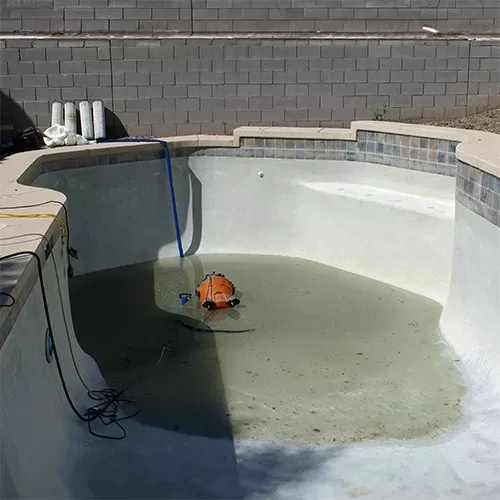
- If you have separate main drain and skimmer valves, close the skimmer valve (or plug the skimmers) and leave the main drain valve open fully.
- Place the filter multiport valve in the Recirculate position and turn on the pump, after you roll-out the backwash hose; monitor pool draining closely.
- Eventually the pool drain will begin to suck air, with about 6-9″ of water left in the deep end, if you’re lucky. Use a small cover pump for the 1000 gallons remaining.
- If your main drain is connected to the skimmer, with one hole in the bottom of the skimmer, you can continue to pump the pool nearly empty by plugging the top of the skimmer with an expansion plug, or a threaded plug with o-ring.
- The easiest method is to connect a threaded hose adapter into the hole which goes to the pump, and connect a primed, “tight” vacuum hose to it.
To allow high water table water to flow into a concrete pool, located and remove a few of the hydrostatic relief plugs in the floor and hydrostatic valve in the main drain pot. In some cases, you can get nearly all the water out with the filter pump, but normally you will be left with several hundred gallons at least, when using the pool filter pump to drain a pool.
A more reliable option is to use a submersible pump, or a pool cover pump, to drain your pool. When resurfacing the pool, you will need a small pump anyway, to get out the last 50 gallons. Small submersible pumps fit inside of the main drain pot, to get every last gallon.
Where to Drain a Swimming Pool

- Clean and balanced water can be directed into the storm drain if you have a curb/gutter type of sewer on your street.
- Pool water that has been chlorine neutralized and pH balanced can be pumped downhill from the pool, monitoring for erosion or over-saturation.
- Pump away from the pool, 50′ to 100′ or more. Too much water pumped beneath your pool can cause a problem!
Remember to move the hose often as needed, to avoid over-saturation, when pumping into large grassy areas or wooded areas. Avoid downhill courses that erode hillsides. For submersible pumps, run discharge hose out of the shallow end, to reduce resistance from a vertical lift over the deep end wall. Avoid flooding downhill neighbors!
Draining an Above Ground Pool
Like inground vinyl pools, draining an above ground vinyl pool is discouraged, because the vinyl liner may shrink or relax while drained, and can wrinkle or rip when being refilled. However this can often be avoided with careful work to pull-out wrinkles during refill.
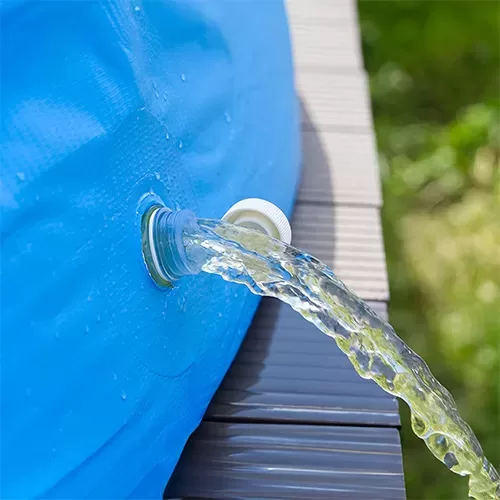
If you are draining to change the water, or for very bad algae conditions, consider leaving 4-6″ of water in the pool, treating the water and/or scrubbing the vinyl, and then refilling the pool with fresh water.
- Above ground pools typically have one pipe (hose) out of the pool, and one hose returning to the pool. Because there is no main drain on most above ground pools, you will only be able to lower the water to the bottom of the intake or skimmer, using your above ground pool filter system.
- To drain an above ground pool, either a). Use small submersible electric pump and garden hose, or b). Start a siphon with your vacuum hose / head on the pole, or a siphon using garden hose(s).
- Pumping the water far from the pool’s edge is best, so as not to oversaturate the soil supporting the pool.
- Monitor the draining and the discharge. Siphoning can take days, a small submersible pump will take 6-12 hrs.
- Work fast to clean the bottom if needed, and re-fill the pool as quickly as possible.
Every pool needs to be drained every once in awhile. If you are draining your own pool, monitor the situation well, and be aware of the potential pitfalls, as outlined above. In addition to draining quickly, it is also recommended to re-fill the pool as fast as possible, using two hoses, even borrowing water from a neighbor (with their permission, of course!).


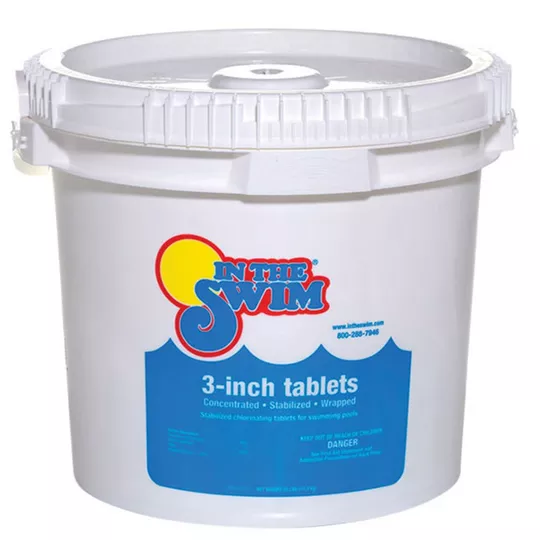
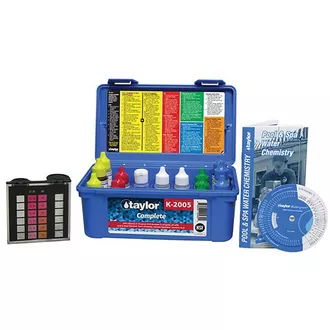
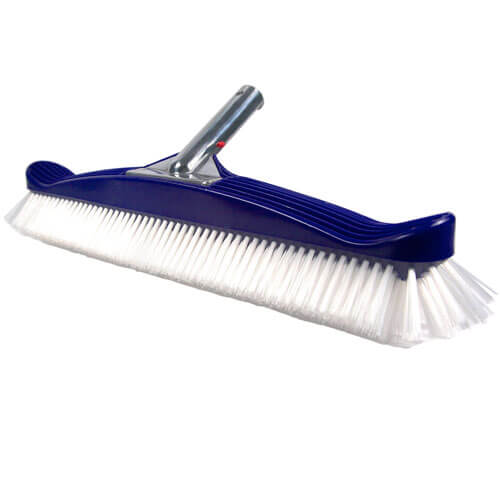

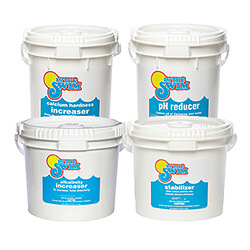

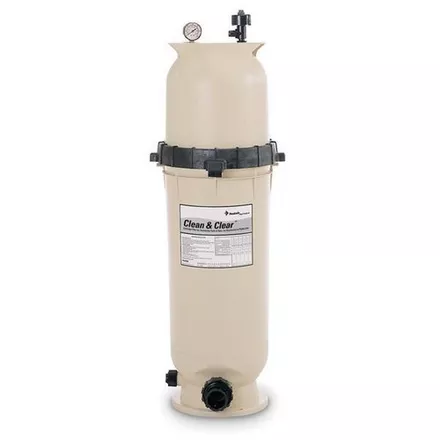
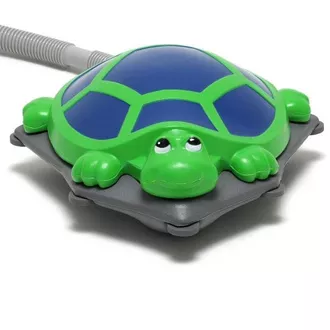
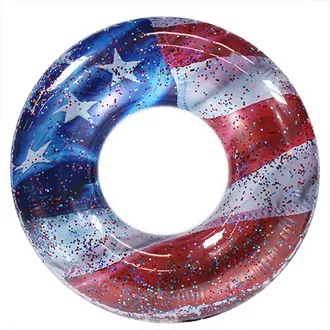

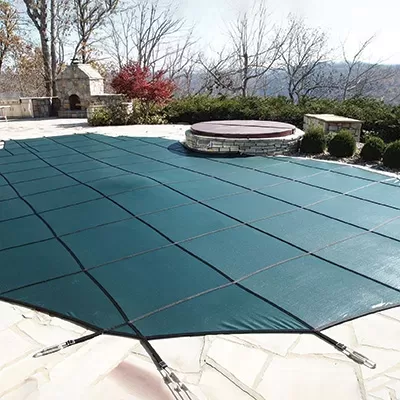
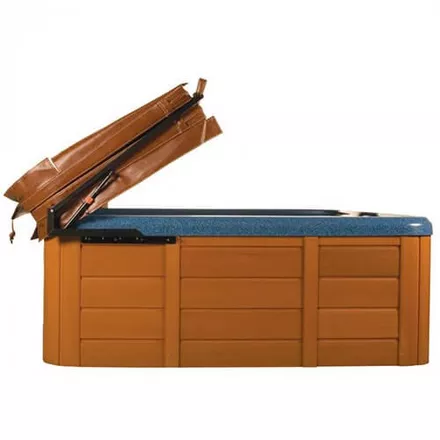
Hello,
I have an in ground vinyl liner pool that is losing one inch of water a day whether the pump is on or off. I want to start letting the water level drop to see if the level will stabilize so I can determine where the leak is (I had 2 reputable leak detection services come out and they can not identify the leak). How low can I let the water level drop without getting into a problem with the liner? My pool has a 3 ft shallow end and a 9 ft deep end. Thanks.
Hi Richard, that is unusual that two companies could not find it. That may mean that the liner could have many small holes, if you can rule out the plumbing, assuming it was pressure tested. I assume they checked the pool light(s), you can plug those easily with a Light Cord Stopper. Leaks in liners can be tested for with special electronic equipment, otherwise a scuba guy could spend an hour underwater, dye testing anything suspicious. Letting the water stabilize is also a good idea, and your question – you can let it drop to 3-6″ from the shallow end floor without much worry. And if it drops that far, below the steps, then you know it’s in the liner, or in/around the main drain pot or pipe.
Yes, you can go up to 12″ below the tile, no problems. Drains do often have a hydrostatic valve, sometimes automatic or spring loaded with an oring (a style that is prone to leaking), or the manual hydrostat, a threaded cap that is removed to open the hole, thru the pool shell. Hydrostats are placed in the main drain pot, and usually the pot is also connected to a main drain pipe, which sometimes runs all the way back to the pump, with a separate valve for control, or a cheaper method is to tie the MD pipe up into the front hole of the bottom of the skimmer, and use a simple diverter or trim plate or float valve, to control the flow.
I have an AG pool (12×15 Intex, 8000 gal) and I have high CYA (108-122 ppm) how much water should I drain, past the skimmer?
Hi Stacy, waay past the skimmer. If you want to get it down to around 30 ppm, you would drain 3/4 of the pool, or down to about 10-12″ left.
I had a flood and my pool was completely filled with mud. It is a vinyl liner unground salt water pool. Can I drain it completely to get all the mud out then refill it.
Hi Stacy, you could vacuum to waste, repeatedly, and filter the water and it could come back in a few weeks, or you could drain the pool most of the way. But if you drain it completely, you will have to reset the liner, which could result in wrinkles or damage, if the liner is old. Probaby the best is to drain it down to 3″ from the shallow end floor, brushing the mud towards the pump every hour or every half hour, then refill the pool, balance chemistry and chlorinate and filter the water. If needed, repeat the process. Here’s a blog post for you: https://blog.intheswim.com/flooded-inground-pool-10-steps-to-recovery/
Hi we accidentally left our pool vacuum plugged in but outside of the pool overnight. We were lazy and didn’t unhook it. This morning our pool timer kicked on and the vacuum started draining our pool. Water is down below all the water circulation holes. It is about 1.5-2 ft down from the usual water line. The vacuum was shooting the water out of the pool. I immediately turned off all the electric panel switches to the pool and we are refilling it with water now. Hopefully I didn’t cause any damage. Is there any reason to be concerned? Any damage to look for/test? Any recommendations on how to start it back up once it refills?
Hi Robyn, most likely no harm done. Just some lost water.
Installing a liner in a 16’x32’ inground pool with 4’ of ground water in the 8’ deep end. Have a 1 1/2” well point pipe running 18” under the deep end I can tap but, I can’t seem to be able draw the water up. Any recommendations for a suction pump setup?
Hi Frank, a larger sump pump should be able to do it, or you could connect your pool filter pump to the pipe, switching the motor to 115V, and connecting a power cord to the motor, by chopping off the female end, and stripping back the 3 wires to connect to the motor. Prime up the pump and turn it on, might take a few times to prime it, but it should catch. If having trouble, dig down a foot or two, to get closer to the water level, and replumb the pump at a lower level, closer to the water level.
Hi Davy. We are currently trying to empty our in ground pool. We have an external sand pump and once the water level dropped below the level of the pump it has stopped pumping water. The pool has only half emptied though. Are you able to give some advice on how to get it working again?
Hi Melanie, the pump has “lost prime” as we say, and it is unlikely that you will be able to get it going again. You can try refilling the pump strainer pot, closing the skimmer valve and plugging the skimmer, and maybe fill the skimmer line with water from a garden hose – just in case of leaky valve… but, it is probable that the pump will not catch prime again. The best option, if you need to drain it all the way, is to use a submersible pump, which you can buy, on our Cover Pumps page, or you can rent from any local rental shop.
If I empty my AG pool and leave 1/4 of the water in it and cut all the sides for it to drain out, would the water that comes out make the ground saturated for a long time where the pool was.
no likely not, if your yard has normally good drainage, however draining it more slowly would be best, so as not to oversaturate, or cause erosion.
When there has been heavy rain and my inground concrete pool starts to overflow a bit, should i drain some of the water out ir is it ok to leave full.? We are new pool owners and our pool is clear to top with water. We have a waste hose on our pump but it only has about 15 feet of hose. I don’t know where to direct the hose for the water to be drained. We only have a small back yard
Hi Michelle, it’s important to keep the water level down, so that the skimmer will skim the surface properly. Also, when the water is too high, there is the possibility that water or moisture will get into places it should not be, like behind a vinyl liner, or behind the tile. Since you have a waste hose, you must have a sand or DE filter. Just put the valve in the Waste position (or you can use backwash), and turn the pump back on. Direct the hose to an area that won’t erode or oversaturate. We have a product that can help, called Eco Pool Drain Fountain. Or you could make use of a longer backwash hose. You can also lower water level more slowly, without erosion concerns, using a garden hose, or pool vacuum hose, and creating a siphon, running the other end of the hose to a point a few feet lower than the pool water level.
Would like to empty my pool for long period of time. Would like to use professional help and pay for it to do it right. May want to reopen it after several months. Your advise would be greatly appreciated.
Best Regards.
Len
Dallas Texas
Hi Len, I would recommend using a solid safety pool cover, but not emptying the pool completely, which can damage the pool. Cover the pool after lowering the water level just 6-12″. First clean the pool, balance the chemistry and add a winter kit to keep the water fresh. When winter months come, you will need to drain the equipment (pump/filter), and add some Antifreeze to the skimmers, to prevent freeze damage.